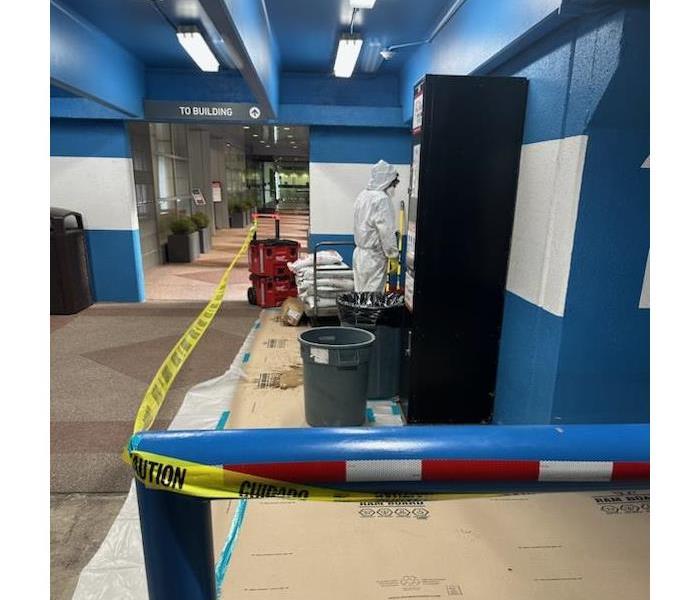Comprehensive Guide to Assessing Structural Damage After a Severe Storm
9/11/2024 (Permalink)
 We will discuss key steps in assessing structural damage after a severe storm, ensuring your property is safe and secure.
We will discuss key steps in assessing structural damage after a severe storm, ensuring your property is safe and secure.
Severe storms in Hutto, Texas, can cause significant structural damage to homes and businesses, leaving property owners with the daunting task of assessing and repairing the destruction. Understanding how to properly evaluate the extent of the damage is crucial for effective restoration. In this guide, we will discuss key steps in assessing structural damage after a severe storm, ensuring your property is safe and secure.
Importance of Immediate Assessment
After a storm passes, the first and most important step is to conduct an immediate assessment of your property. Delaying this process can lead to further deterioration and increased repair costs. Identifying damage early allows you to address critical issues promptly, minimizing potential hazards and ensuring the structural integrity of your building.
Common Types of Structural Damage
Roof Damage
Roof damage is one of the most common types of structural damage caused by severe storms. Look for missing shingles, leaks, and dents caused by hail. Even minor damage can lead to significant issues if not addressed quickly.
Foundation Cracks
High winds and flooding can result in foundation cracks. Inspect the base of your property for any new or widened cracks. These can compromise the stability of your building and should be evaluated by a professional.
Water Intrusion
Water intrusion can lead to extensive damage, including mold growth and weakening of structural elements. Check for signs of water entry around windows, doors, and basements. Immediate drying and dehumidification are crucial to prevent further damage.
Statistically Speaking: Storm Damage in Texas
According to the Insurance Information Institute, Texas leads the nation in the number of major disaster declarations, many of which are due to severe storms. In 2020 alone, Texas experienced 42 major disaster declarations, highlighting the importance of being prepared and knowledgeable about storm damage assessment.
Steps to Assess Structural Damage
Safety First
Before beginning any assessment, ensure that the area is safe. Look out for hazards like downed power lines, sharp debris, and unstable structures. Wear protective gear to minimize injury risks.
Document the Damage
Thoroughly document all visible damage. Take clear photos and videos, and make detailed notes. This documentation will be invaluable for insurance claims and repair planning.
Engage Professionals
While some damage can be identified through a visual inspection, it's essential to engage professionals for a comprehensive assessment. Structural engineers and restoration experts can provide detailed evaluations and recommend necessary repairs.
Contact Your Insurance Company
Report the damage to your insurance company as soon as possible. Provide them with your documentation to expedite the claims process. Understanding your coverage and working closely with your insurer will help ensure a smooth recovery.
Conclusion
Assessing structural damage after a severe storm is a critical step in protecting your property and ensuring safety. By conducting thorough inspections, documenting damage, and engaging professionals, you can effectively address storm damage and restore your property. Remember, timely action can significantly reduce repair costs and prevent further deterioration. If you need professional assistance, SERVPRO® is Here to Help® with expert storm damage restoration services.

 24/7 Emergency Service
24/7 Emergency Service